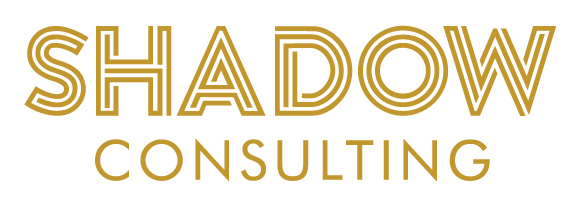Assessment for Transition
Many commentators agree that the first 100 days are pivotal in determining the psychological attachment and speed to productivity for new employees.
Given this we offer three solutions…
1. Overseas Assignment Preparedness
The Overseas Preparation Indicator (OPI) is designed to support potential employees in their preparation for an offshore placement. The OPI measures a number of scales which have been found to contribute to expatriate success. It outlines the steps an expatriate should take to ensure their own and, if applicable, their family’s preparation. In evaluating preparedness, it can identify areas for further discussion and exploration before an assignment is finalised.
2. On-boarding Strategy Suggestions Report*
Subsequent to a candidate being selected for a given role an induction process takes place aimed at integrating the new employee into the organisation in a way moving the employee to a state of productivity and cultural congruence in a timely manner. If Shadow Consulting has been involved in the psychometric assessment of that candidate as part of the selection process, we can be in a position to reuse and reformat the insight used to give valuable insight that will tailor the induction process to the successful candidate’s personality and learning style.
*available only within the context of a retained services arrangement
3. Executive Entry and Alignment
There is an unspoken and flawed assumption that executives should demonstrate the ability and knowledge to successfully manage their own induction into an organisation. However, as roles become more senior the nature of the person in the role has an increasing impact on how the role in enacted. Furthermore, the nature of the relationships that the new executive forges with peers, the board, and subordinates becomes a significant predictor of success. For these reasons, executive level on-boarding is a complex issue with the first 100 days of an executive’s tenure having a significant impact on the flavour of the rest of his/her entire tenure.
For this reason, we have created a solution which combines both assessment for the selection and the assessment for development emphasis. We rely heavily on the offerings of the Management Research Group who have created a number of metrics within the Leadership Effectiveness Analysis (LEA) suite which report on 22 robustly researched dimensions that predict leadership success. The various metrics can be linked to track an executive’s journey from entry through to induction and alignment over the first six months of their tenure. This suite of tools includes the following elements:
Role Expectation Questionnaires and Strategic Directions Questionnaires. These questionnaires are completed by stakeholders prior to the selection of candidates to executive level roles. The Role Expectations Questionnaire is used when the focus is more immediate in terms of what is required of the successful executive. The Strategic Directions Questionnaire is used when stakeholders want to take a longer-term view and have crystallised ideas about what the role will require in terms of leadership skills in the future. Both the Role Expectations Questionnaire output and the Strategic Directions Questionnaire output are supported by a brief facilitated workshop/meeting. Either output provides optimal score ranges on the 22 scales previously mentioned.
Candidate assessment using the Leadership Effectiveness Analysis Self Questionnaire. This is a personality questionnaire which provides scores on the same 22 scales as used with the Role Expectations Questionnaire and the Strategic Directions Questionnaire. This self-report questionnaire is non-transparent and can be used alongside other psychometric tools so that an understanding of the difference/congruence between what is expected and what the candidate has to offer can be identified.
Subsequent to the successful candidate entering the organisation and subsequent to colleagues having enough exposure to the successful candidate to be able to rate him or her the self-questionnaire that the candidate completed in the selection phase can be up-scaled to a Leadership Effectiveness Analysis 360° Questionnaire. This enables the stakeholders and the executive to track how they have modified their behaviour to suit the optimal behaviour patterns that were identified for leadership prior to the candidate’s entry. This approach can often be paired with executive coaching.
